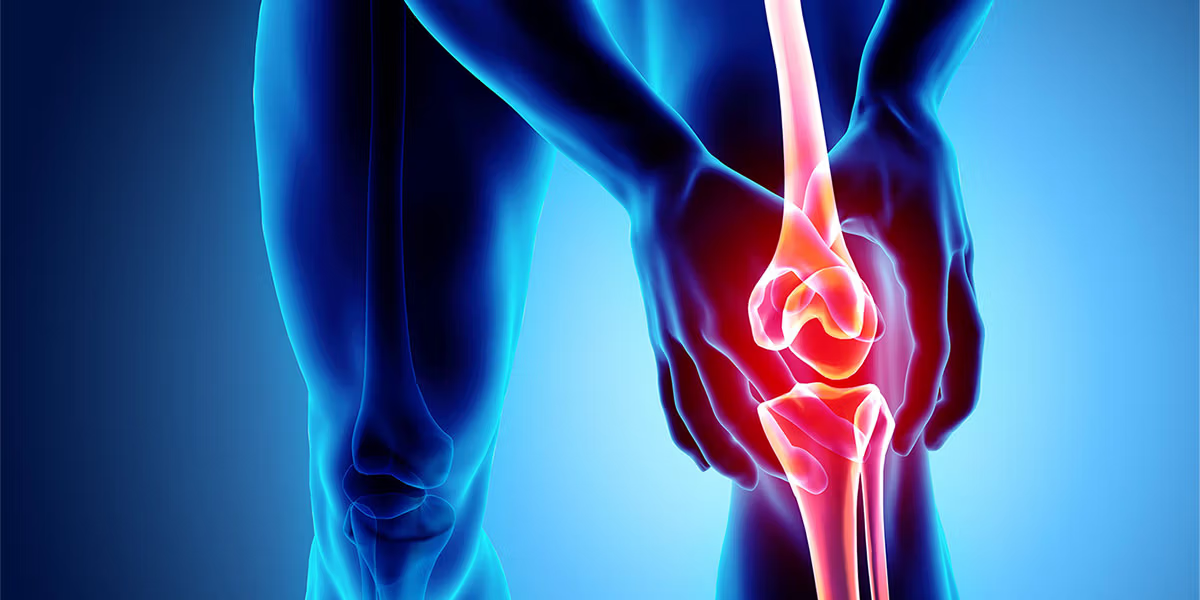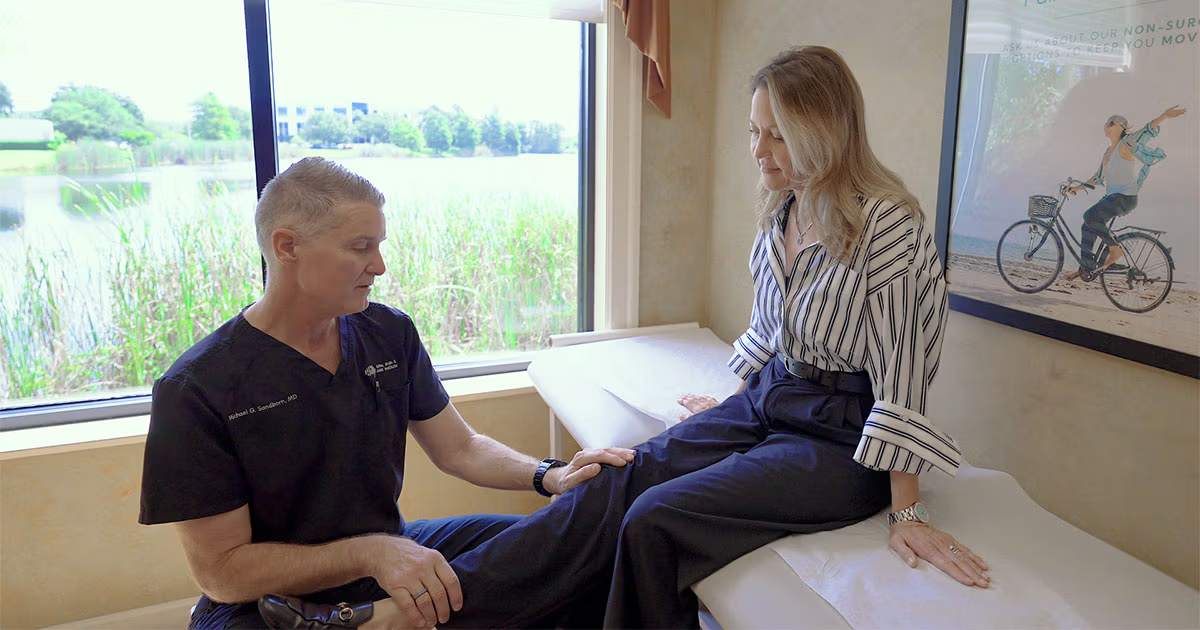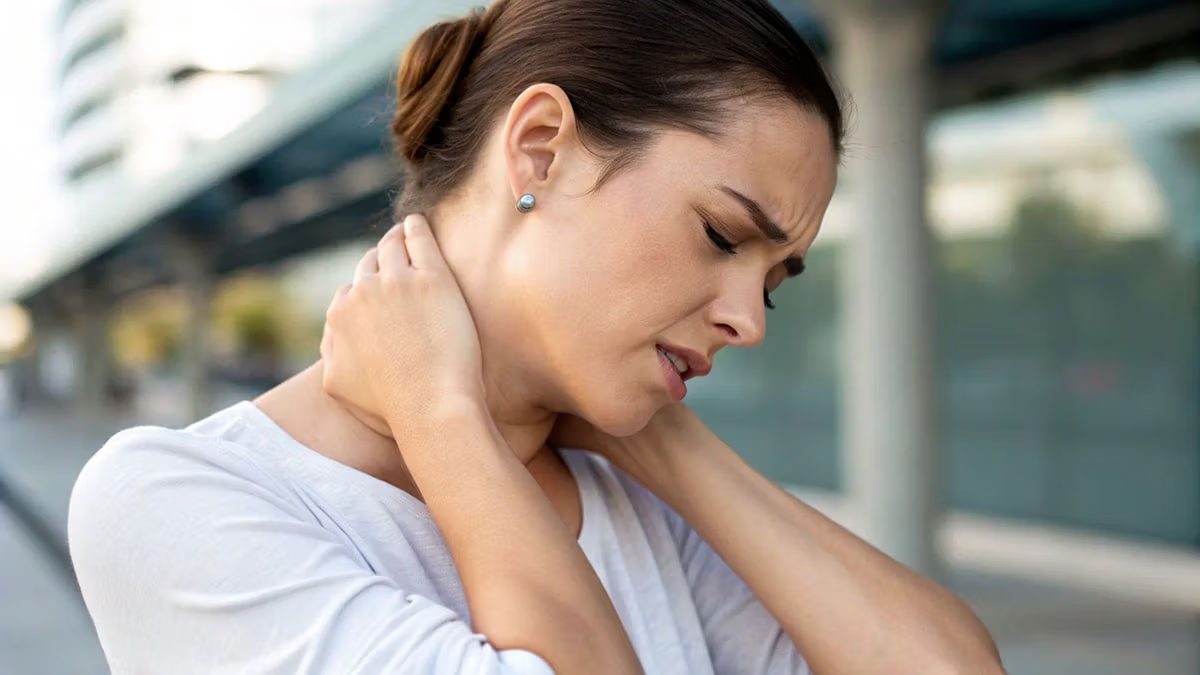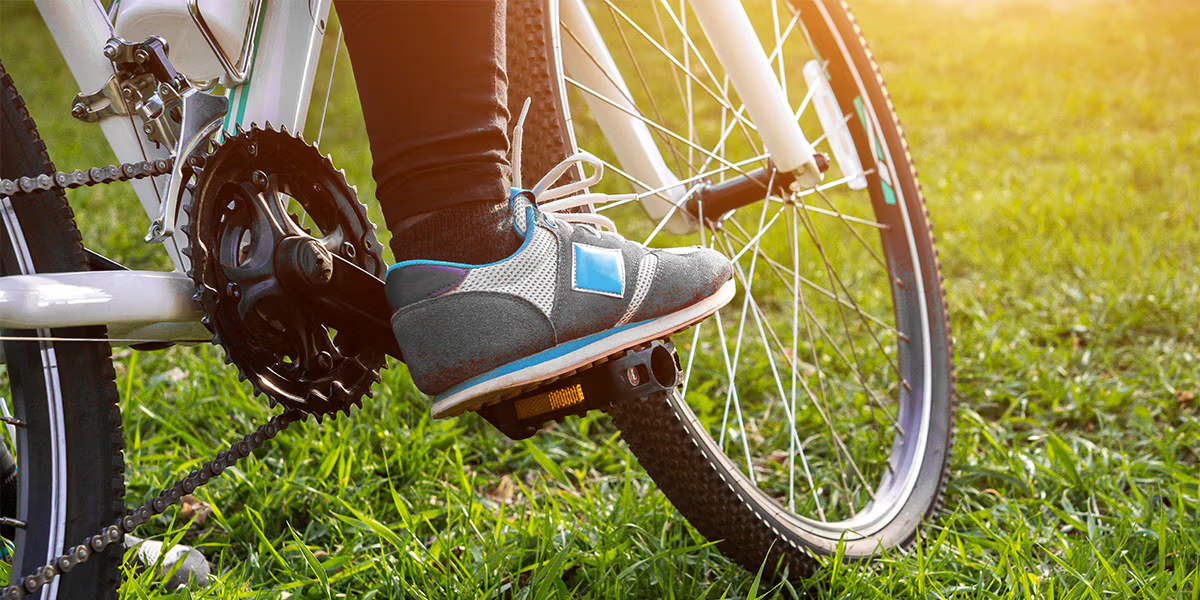
Knee pain can affect the way you walk and all activities of everyday life one of the most common causes of knee pain is Osteoarthritis.
What Are the Symptoms of Knee Osteoarthritis?
Symptoms of osteoarthritis of the knee may include:
- pain that increases when you are active, but gets a little better with rest
- swelling
- feeling of warmth in the joint
- stiffness in the knee, especially in the morning or when you have been sitting for a while
- decrease in mobility of the knee, making it difficult to get in and out of chairs or cars, use the stairs, or walk
- creaking, crackly sound that is heard when the knee moves
How Is Osteoarthritis of the Knee Diagnosed?
Typically the diagnosis of knee osteoarthritis will begin with a physical exam by your doctor.. Your doctor may order additional testing, including:
- X-rays, which can show bone and cartilage damage as well as the presence of bone spurs
- magnetic resonance imaging (MRI) scans
How Is Osteoarthritis of the Knee Treated?
The primary goals of treating osteoarthritis of the knee are to relieve the pain and return mobility. The traditional treatment plan will typically include a combination of the following:
- Weight loss
Losing even a small amount of weight, if needed, can significantly decrease knee pain from osteoarthritis. - Exercise
Strengthening the muscles around the knee makes the joint more stable and decreases pain. Stretching exercises help keep the knee joint mobile and flexible. - Pain relievers and anti-inflammatory drugs
This includes over-the-counter choices such as acetaminophen (Tylenol), ibuprofen (Advil, Motrin), or naproxen sodium (Aleve). Don’t take over-the-counter medications for more than 10 days without checking with your doctor. Taking them for longer increases the chance of side effects. If over-the-counter medications don’t provide relief, your doctor may give you a prescription anti-inflammatory drug or other medication to help ease the pain. - Injections of corticosteroids or hyaluronic acid into the knee
Steroids are powerful anti-inflammatory drugs. Hyaluronic acid is normally present in joints as a type of lubricating fluid. - Alternative therapies
Some alternative therapies that may be effective include topical creams with capsaicin, acupuncture, or supplements, including glucosamine and chondroitin or SAMe. - Using devices such as braces
There are two types of braces: “unloader” braces, which take the weight away from the side of the knee affected by arthritis; and “support” braces, which provide support for the entire knee. - Physical Therapy
If all of the above fails in controlling pain surgery is an option however surgery is very invasive and comes with complications along with a rigorous rehabilitation program.
Fortunately, there are some exciting new treatments that have come to the forefront. These new treatments are considered regenerative medicine because they actually help the body regenerate new tissue and can actually “heal” the joint by promoting new cartilage growth.
We all have cut ourselves with a knife while preparing food, these cuts almost always heal themselves due to the body’s ability to signal growth factors to the injured tissue.
This is the same principle with regenerative medicine these modalities signal the body to send growth factors and other healing cells to the injured or in the case of osteoarthritis degenerated tissue.
Here are three of the most commonly used regenerative techniques:
Platelet Rich Plasma (PRP):
Uses your own blood products, platelets that are rich in growth factor this accelerate healing
FOR MORE INFORMATION ON PRP CLICK HERE
Exosomes:
Exosomes contain growth factors messenger RNA, cytokines, and other biologically active molecules that speed up healing.
CLICK HERE FOR MORE INFORMATION ON EXOSOMES
Prolozone:
Is a technique that combines Ozone with other proliferative to promote healing
FOR MORE INFORMATION ON PROLOZONE CLICK HERE
Recent Articles

The 48-Hour Window: How Delayed Accident Injury Pain Management Can Cost You Years of Recovery
Jul. 16, 2025
Why Choosing the RIGHT Pain Management Team After an Auto Accident Can Make or Break Your Personal Injury Case
Jun. 11, 2025
Finding Relief from Cervical Facet Joint Pain
May. 15, 2025


